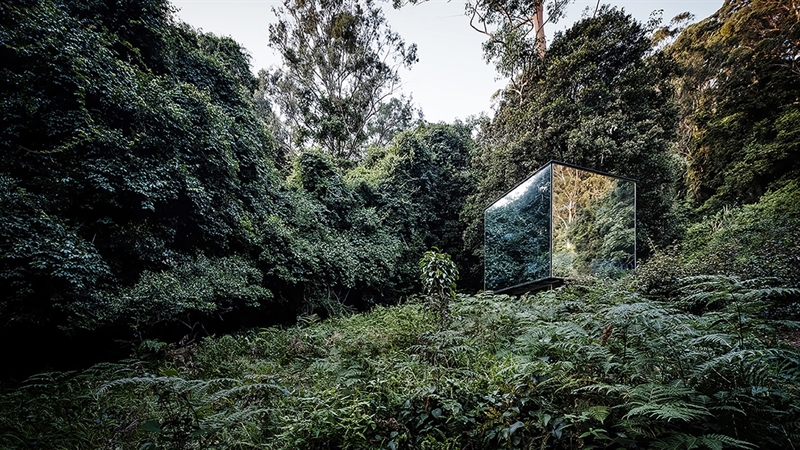
Robert Walsh


Madeleine Blanchfield Architects
Beaumont, Australia
July 22, 2020
The Kangaroo Valley Outhouse is a bathroom in the bush which services a small cabin for overnight stays. The concept was to separate the bathroom from the cabin and mimic the experience of camping. The bathroom / outhouse is situated low on a hillside about 30m from the accommodation and accessed via a pathway though dense landscape. It is a mirrored cube elevated above the existing ground and nestled in vegetation. The outhouse structure completely disappears during the day.

Robert Walsh
It reflects the lush landscape and only the subtle lines of the cube's edges are visually legible. When in the bathroom the walls are all glass and there is no impediment to the view of the surrounding landscape. The developed conceptual framework was to create a bathroom with minimal impact on the surrounding landscape and give the user a sense of being 'outdoors'. It is rare to have a site without any concerns for privacy and this was to be embraced in the developed design. The walls are of one way mirror, which is see through from the inside but reflective externally. There is a bath and shower in the centre of the cube. When light levels are high internally (at night) the mirror becomes see through from the outside also. The sense of being 'exposed' in the bathroom plays on the sense of place, being out of the confines and control of the city and immersed in the natural environment. The landscape was minimally interrupted by construction of the elevated and demountable outhouse, which is located away from the cabin to enhance visitors' sense of being at one with nature. Mirror was used to make the structure invisible and minimise the interruption of architecture on the landscape. The outhouse meets the brief functionally and experientially.
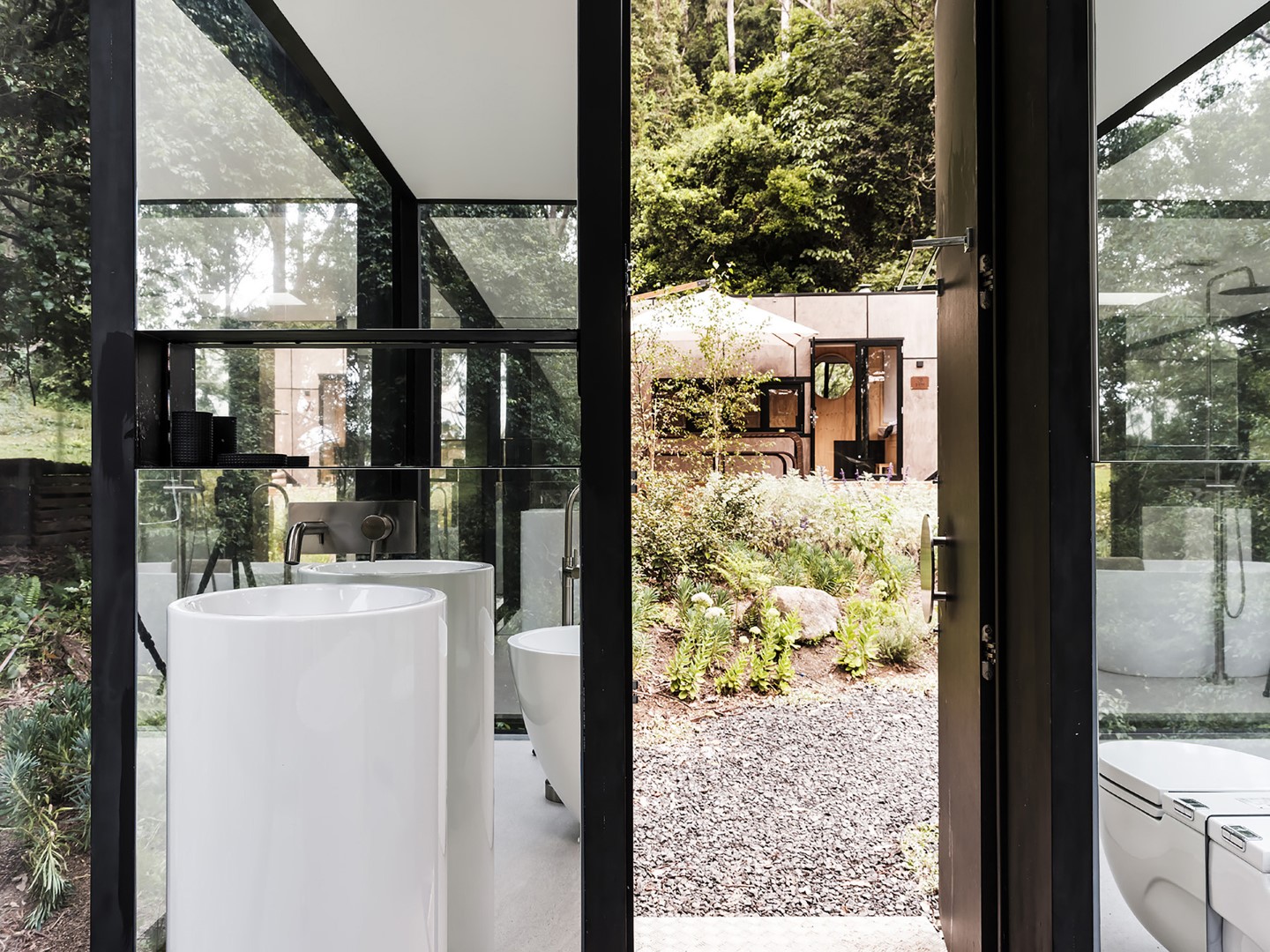
Robert Walsh
With the client we developed an idea of how the outhouse should relate to the basic accommodation structure and the landscape and what the experience of using it should be like. Using the outhouse is an experience of complete exposure, but because of the siting there is no sense of awkward exposure to other people. The journey down a path to the outhouse heightens the experience of being in the bush, especially so at night. The outhouse required careful engineering to ensure that the structure was completely invisible externally. The large sheets of glass mirror, their fixing details, elevation above the natural ground and waterproofing were all significant challenges resolved with the engineer.

Robert Walsh
The surrounding natural landscape was subtly modified to create the path and hide the columns upon which the outhouse sits. The outhouse had a reasonable budget given the size and program. It was decided to spend budget on achieving the brief and invisibility of the outhouse and retain the adjacent cabin as raw and basic. The synergy of the two creates the overall experience for visitors. The outhouse applies sustainable technologies such as natural ventilation, solar powered lighting and grey water recycling / septic tanks. It has minimal contact with the natural ground and can be easily removed and the site returned to its natural state at any time. The site is a private property but the cabin is available for rent, so is accessible to the public in that way. The client's desire to create a haven that not only provided connection to the landscape but a place to truly escape and unwind was met through the design. By avoiding the temptation to create a visually intrusive folly the brief for the outhouse was met both visually and experientially. The outhouse heightens the sense of place, makes one consider their location.

Robert Walsh
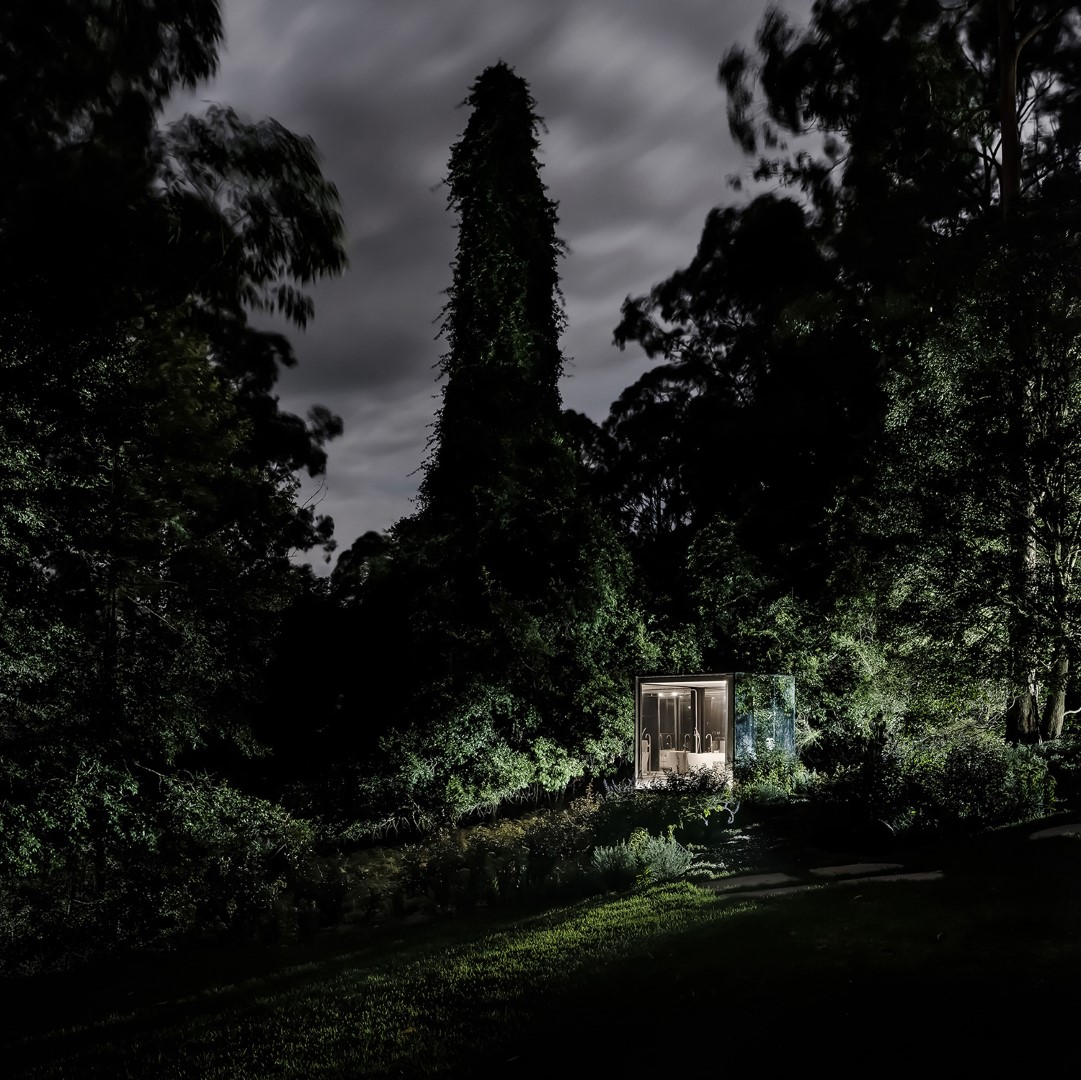
Robert Walsh

Robert Walsh
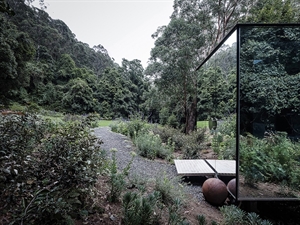
Robert Walsh

Robert Walsh
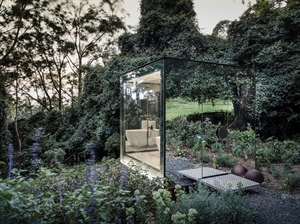
Robert Walsh

Robert Walsh

Robert Walsh
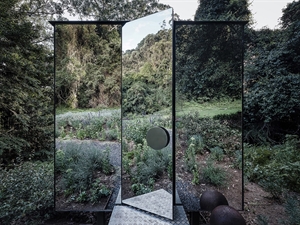
Robert Walsh
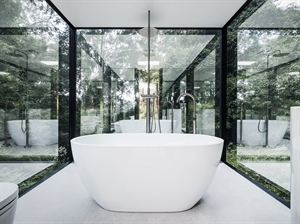
Robert Walsh